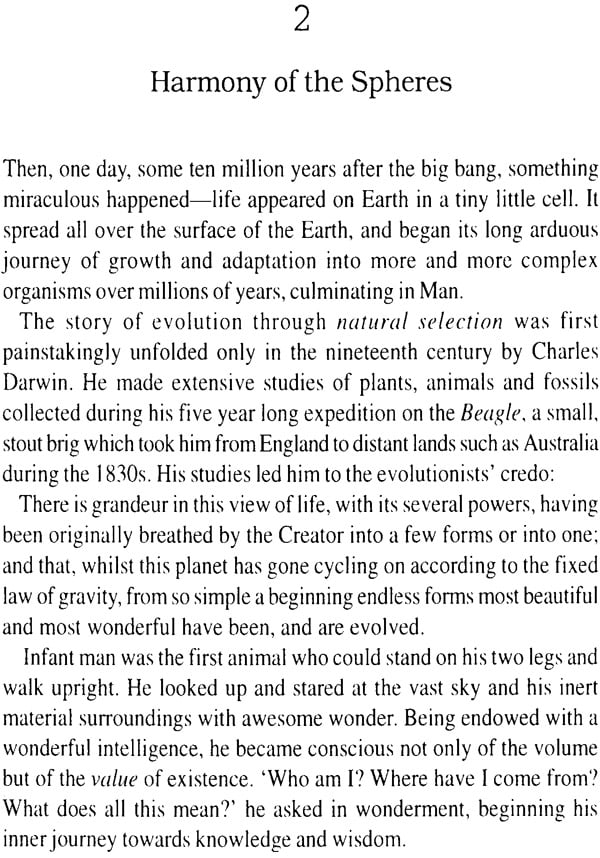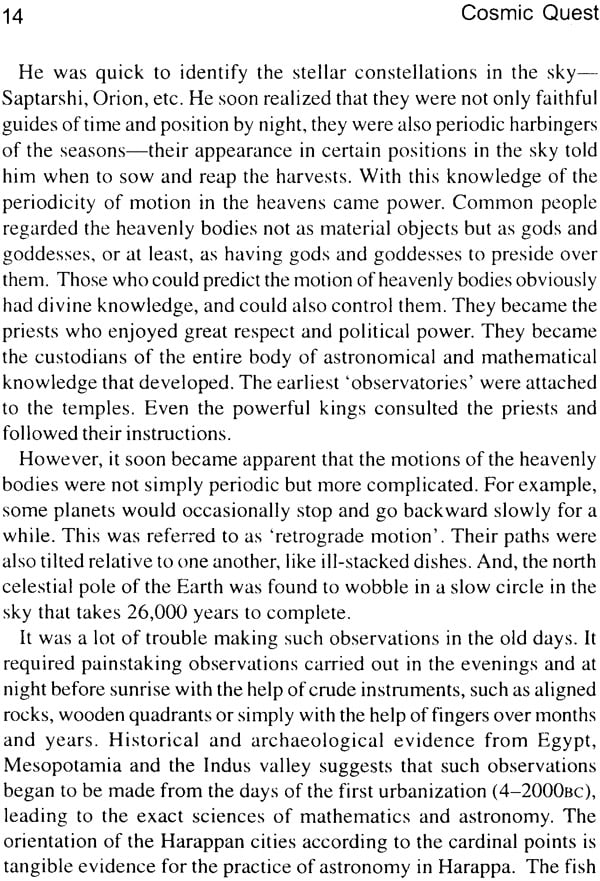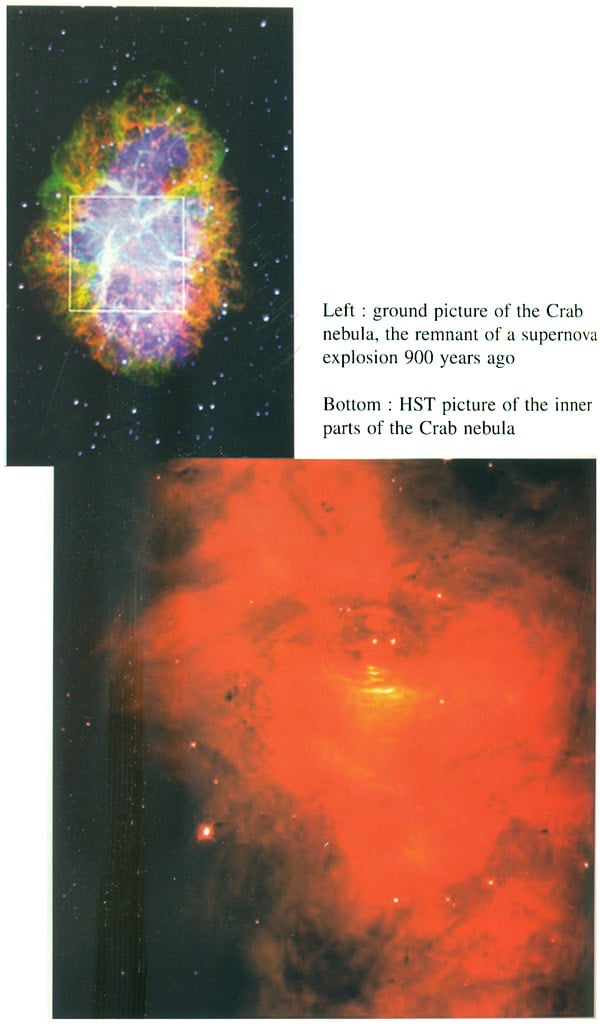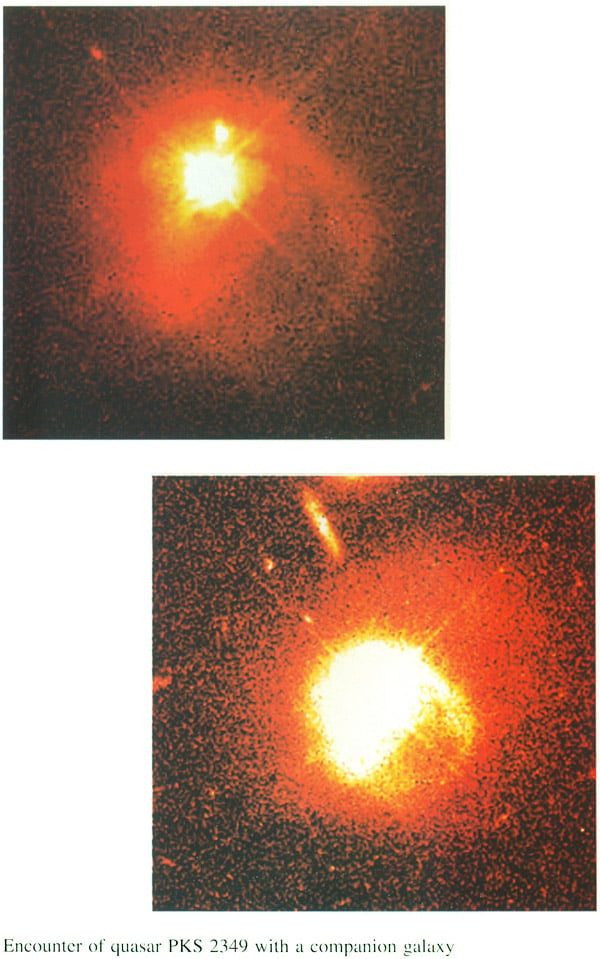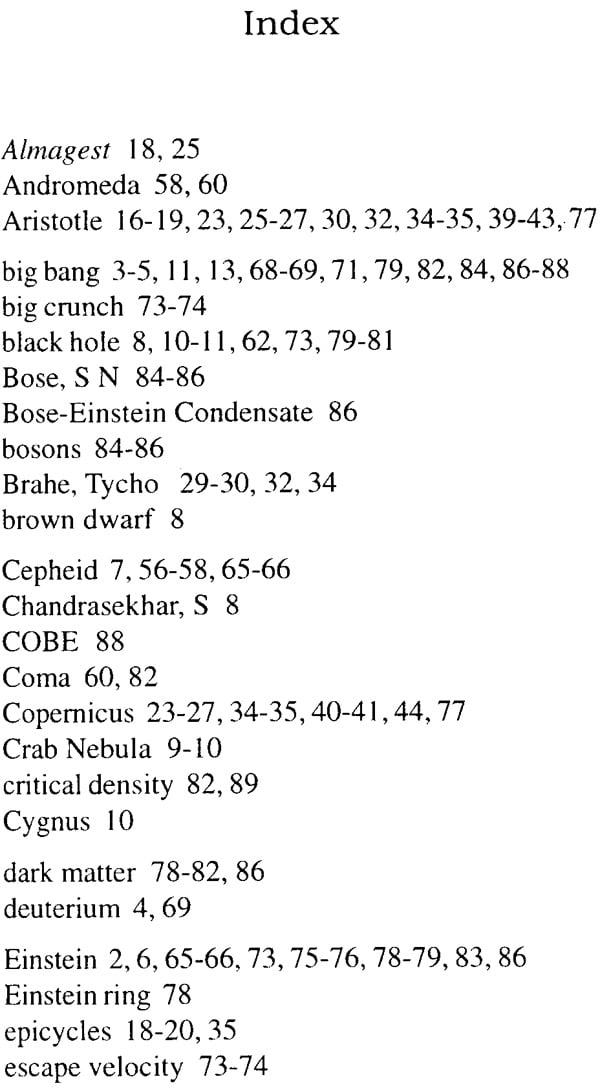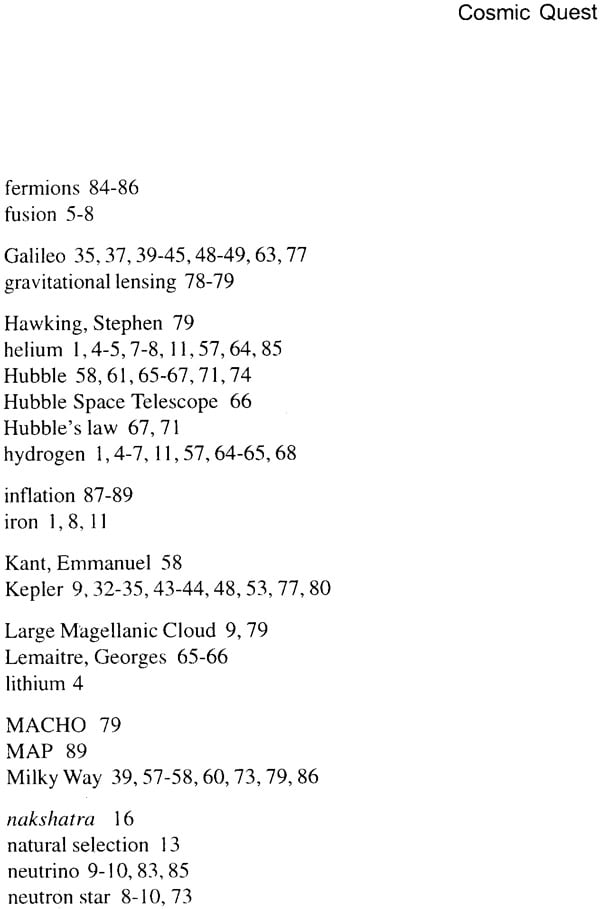
Cosmic Quest
Book Specification
| Item Code: | NAN506 |
| Author: | Partha Ghose |
| Publisher: | Thema Books, Kolkata |
| Language: | English |
| Edition: | 2000 |
| ISBN: | 8186017283 |
| Pages: | 112, (17 B/W and 10 color Illustrations) |
| Cover: | Paperback |
| Other Details | 8.5 inch x 5.5 inch |
| Weight | 150 gm |
Book Description
Has the universe always been there? Or, was it created some time? What was there before creation? How large is the universe? How and why did the solar system form? Is the solar system going to last for ever? Is the universe static, or has it been evolving? What is going to happen to the universe as a whole in the future? How does science go about finding answers to such questions?
These are only some of the questions that the author answers in this little book. Partha Ghose, physicist and one of the country's best known popularizers of modern science, was awarded (jointly with S K Bagchi) the NCSTC's National Award for the Best Science and Technology coverage in the Mass Media in the period 1986-1990. Widely seen and known as anchor person in the widely popular Quest and Eureka shows, Ghose is the author of Riddles in a Teacup and Solar Eclipse: The Celestial Diamond, classics of popular science in India, and the scholarly Testing Quantum Mechanics on New Ground (CUP1999).
The stars and planets are the farthest from us, yet most human beings feel inexorably attracted by them. They seem to have entered deeply into our consciousness in some inscrutable way. Some believe they even control human destiny. Modern science tells us that heavy chemical elements like iron and nickel were forged and spewed out into space in supernova explosions of some gigantic first generation stars billions of years ago, and that these got mixed with the more primordial gas of hydrogen and helium. These mixed clouds eventually condensed into second generation stars such as the Sun with its planetary system. Viewed from this perspective, we are all made of stardust, and our sense of involvement with the stars may not appear so inexplicable.
Some think that science has progressed over the centuries because of the outstanding discoveries made by singular men and women of genius. There are others who take the view that is untrue, and that science cannot progress without the cumulative efforts of countless dedicated men and women who work in silence, collecting facts and figures assiduously, but who never enter the portals of history. Both are partially correct views. Facts are necessary, but a mere collection of facts does not tell us what they imply. That is intuited in moments of revelation by extraordinary men and women who tune themselves to these facts and can listen to what they are saying. Such moments turn out to be the turning points of science. Like others, such men and women are also influenced by the intellectual, technological and sociopolitical milieu in which they are born and in which they work. It is all a very complex historical process. I hope some of this will become clear in the pages that follow.
According to Einstein, 'everyone seriously engaged in science reaches the conviction that the Laws of Nature manifest a spirit which is vastly superior to Man, and before which we, with our modest strength, must humbly bow. Hence does the preoccupation with science lead to a religious feeling of a special kind with, however, differs essentially from the religiosity of more naïve people... A knowledge of the existence of something we cannot penetrate, our perception of the profoundest reason and the most radiant beauty, which only in their most primitive forms are accessible to our minds- it is this knowledge and this emotion that constitute true religiosity; in this sense, and in this alone, I am a deeply religious man.'
Don't the stars evoke a similar 'cosmic religious feeling' in all of us? Don't we all want to peer behind the mystery of the heavens? Has the universe always been there? Or, was it created some time? What was there before creation? How large is the universe? How and when did the solar system form? Is the solar system going to last for ever? Is the universe static, or has it been evolving? What is going to happen to the universe as a whole in the future? How does science go about finding answers to such questions? Well, that is what I am going to tell you in this little book. It is like a jigsaw puzzle whose pattern is revealed partially in steps, one at a time. Our knowledge of the real pattern is still incomplete, and may ever remain so. The pages of this book contain the outlines of the unfinished story.
Contents
| Preface | 1 |
| A Fiery Genesis | 3 |
| Harmony of the Spheres | 13 |
| The Lantern of the Universe | 23 |
| From Circles to Ellipses | 29 |
| The Starry Messenger | 37 |
| Let Newton Be | 47 |
| Plumbing the Depths of Space | 55 |
| The Runaway Universe | 63 |
| In Fire or in Ice? | 73 |
Sample Pages
